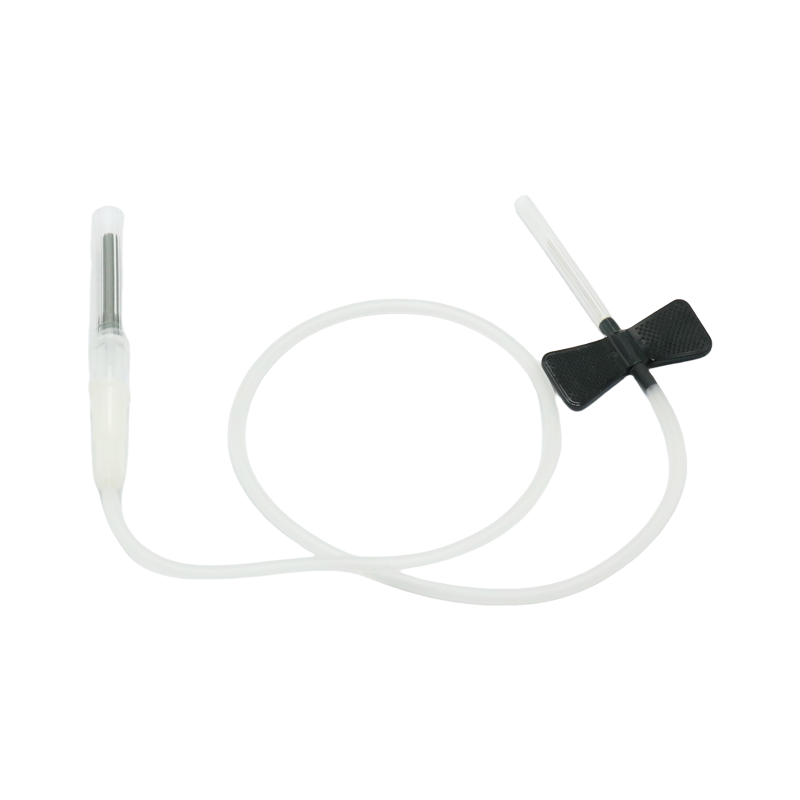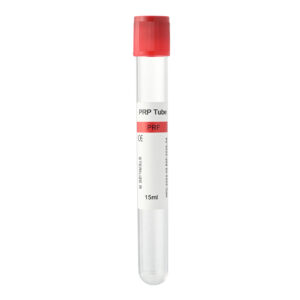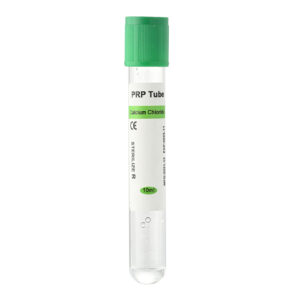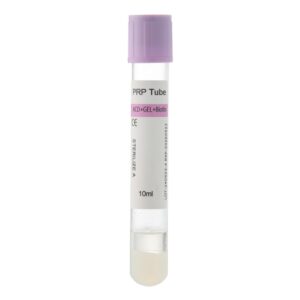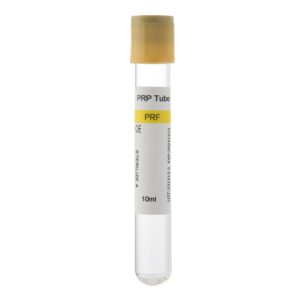In the medical field, various types of needles are used to meet specific clinical needs, with butterfly needles and regular needles being among the most commonly used. Each needle type has unique features, intended uses, and advantages. This article explores the differences between butterfly needles and regular needles, providing insights to help healthcare professionals and patients make informed choices.
Differences in Design and Structure
Butterfly needles, also known as winged infusion sets, have a distinctive design with plastic “wings” on either side of the needle. These wings allow healthcare providers to hold and position the needle with precision. A flexible plastic tubing connects the needle to a blood collection system or IV line. Butterfly needles have smaller needle gauges, making them ideal for patients with difficult-to-locate veins, such as infants, elderly individuals, or narrow veins.
In contrast, regular needles attach directly to syringes or blood collection tubes, with a simpler structure and no wings or additional tubing. They are typically larger and suited to patients with well-developed veins, often used for routine venipuncture and larger blood draws. Their straightforward design and cost-effectiveness make regular needles practical for high-volume settings.
Differences in Use Cases
Healthcare providers often use butterfly needles for patients with challenging venous access, including pediatric and geriatric patients, as well as individuals with small or fragile veins. The small needle gauge and flexible tubing provide precision during insertion, minimizing patient discomfort. Healthcare providers commonly choose them for low-volume blood draws or long-term infusions, such as chemotherapy or intravenous injections, where the tubing’s flexibility reduces vein movement and minimizes vascular damage.
Healthcare providers use regular needles for routine blood collection and large-volume infusions, such as those needed for adult health check-ups or standard outpatient procedures. Due to their larger size, regular needles facilitate faster blood collection, making them ideal for cases where quick sampling or large volumes are required. Their simple structure also enables easy and rapid use, especially in emergencies or high-demand situations.
Pain and Patient Experience
With their smaller gauge and flexible tubing, Butterfly needles are particularly suitable for patients with difficult venous access. Their smaller needle size reduces skin irritation upon insertion, and the soft tubing minimizes discomfort from movement, making them a preferred choice for sensitive or young patients. Regular needles, by comparison, tend to cause more pain upon insertion due to their larger gauge and direct connection to the collection device. Regular needles may cause increased discomfort for patients with shallow or narrow veins, particularly if repositioning of the needle is necessary. However, their straightforward design facilitates quicker handling and can be especially advantageous for efficient blood collection in high-volume settings.
Cost and Efficiency
The design of butterfly needles, with added tubing and wings, makes them more costly and often reserved for specialized care or specific departments. They offer greater accuracy in accessing veins but may collect blood slower, making them less suited for rapid or high-frequency blood collection.
On the other hand, regular needles have a simple, cost-effective design, making them ideal for regular and large-volume use. Their larger gauge enhances collection speed, proving efficient for cases requiring quick blood sampling or fluid infusion. Regular needles’ economic and high-speed advantages make them particularly valuable in large-scale medical settings.
Summary
In summary, butterfly and regular needles differ significantly in design, intended use, patient comfort, and cost. With their delicate design and flexibility, healthcare providers use butterfly needles for patients with challenging veins, especially when precise access and patient comfort are prioritized. In contrast, regular needles offer an efficient, cost-effective solution for routine blood collection, making them ideal for high-demand medical environments. Selecting the appropriate needle type based on the patient’s needs and clinical setting can optimize blood collection outcomes and enhance patient experience. Understanding these differences helps healthcare providers deliver better care and enables patients to appreciate the considerations behind the tools chosen for their treatment.

